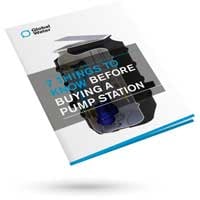Stormwater is the rainfall that runs off impervious or saturated surfaces in urban environments, such as roofs, roads, pavements, and carparks, as well as gardens and parklands. In natural environments, rainwater infiltrates the soil where it can be absorbed by vegetation, or evaporates into the atmosphere. In cities, however, this natural cycle is interrupted, and instead stormwater run-off collects sediment and gross pollutants before flowing into waterways
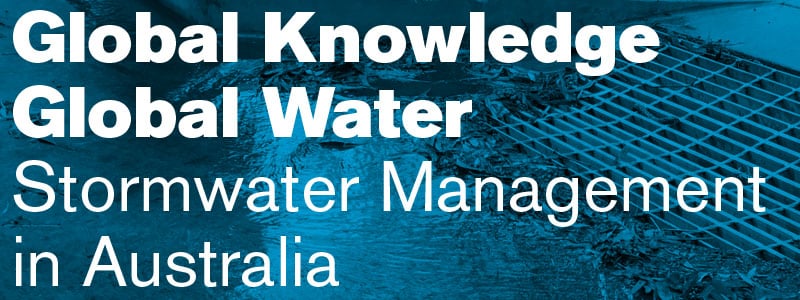
Understanding Stormwater Run-off in Urban Environments
Stormwater is the rainfall that runs off impervious or saturated surfaces in urban environments, such as roofs, roads, pavements, and carparks, as well as gardens and parklands. In natural environments, rainwater infiltrates the soil where it can be absorbed by vegetation, or evaporates into the atmosphere. In cities, however, this natural cycle is interrupted, and instead stormwater run-off collects sediment and gross pollutants before flowing into waterways.
Why managing stormwater run-off is a growing challenge
Stormwater run-off in developed areas is a leading cause of waterway degradation. It carries pollutants including litter, organic matter, oil, grease, heavy metals, and fertilisers. Research shows stormwater often exceeds safe levels of copper, lead and zinc for marine species (Adelaide and Mount Lofty Ranges Natural Resources Management Board, Submission 11, p.1.)
Construction sites contribute heavily to the problem, producing up to 200 times more sediment and particulates than established urban areas. On top of this, urbanisation increases the sheer volume of stormwater. Historically, 90% of rainfall in a catchment was evapotranspired back into the atmosphere by trees, with just 10% entering rivers. Today, 90% flows directly into rivers, eroding banks and carrying pollution downstream.
Impacts on ecosystems, infrastructure, and communities
The ecological consequences of untreated run-off include loss of biodiversity, degraded water quality, and erosion. For communities, the effects are felt through:
- localised flooding
- damaged roads and infrastructure,
- increased costs for councils and developers.
Learning how to deal with stormwater run-off effectively is crucial for protecting both the environment and urban liveability.
Stormwater as a resource: opportunities for reuse
While stormwater presents risks, it can also be treated as a resource. Stormwater harvesting, infiltration, and filtration help reduce pollutant loads while supplementing water supplies. Currently, less than 3% of Australia’s stormwater is reused nationwide.
If expanded, stormwater reuse could:
- provide water for irrigation, industry, and local communities
- replenish groundwater during drought conditions
- support greener, cooler cities and regional towns by irrigating vegetation and urban green spaces.
How to manage stormwater run-off effectively
Modern management strategies combine retention, detention, and at-source treatment. These approaches reduce water volume and pollutant loads before run-off reaches stormwater systems. At the core of stormwater pollution prevention are Stormwater Quality Improvement Devices (SQIDs), which filter out gross pollutants, hydrocarbons, nutrients, and sediments.
Although Australia does not have national device standards, best practice follows the European Standard EN858-1, requiring treated discharge to achieve less than 5 mg/L of oil. Devices that meet this threshold are classified as Class 1.
Innovative Solutions for Stormwater Pollution Prevention
Global Water provides advanced Class 1 systems designed to protect waterways and prevent flooding. These include:
EcoTreat® Class 1 Treatment Devices
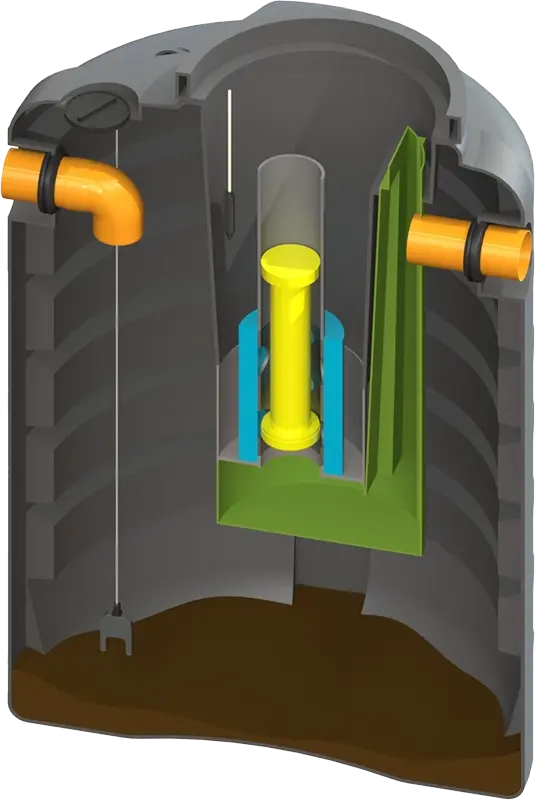
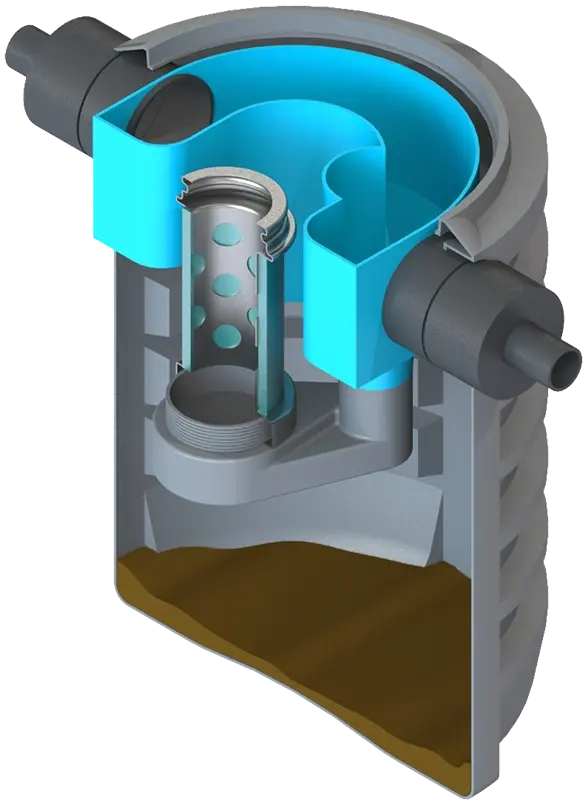
- At-source treatment of run-off before it enters stormwater networks
- Advanced coalescing technology reducing hydrocarbons to <5 mg/L
Product options include:
Class 1 Full Retention Separator – treating all flows and containing spills in high-risk sites (e.g. fuel depots)
Class 1 Bypass Separator – designed for carparks and low-risk sites, treating first-flush run-off during rain events
By addressing how to prevent stormwater pollution at its origin, EcoTreat® devices protect both ecosystems and infrastructure.
DrainAce® Pump Stations
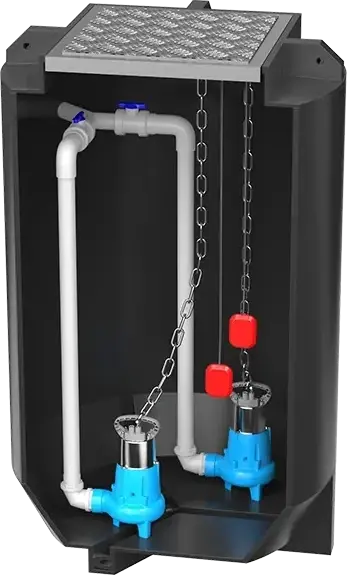
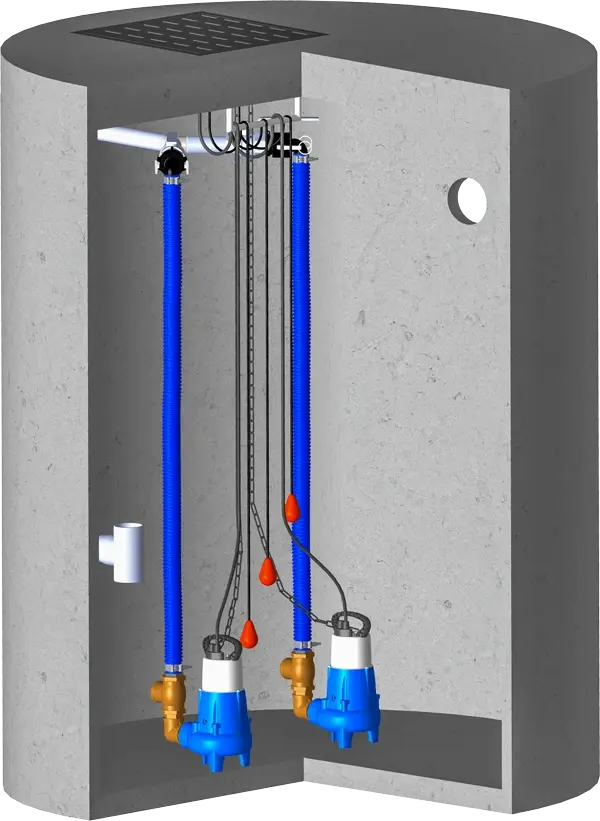
Polyethylene Pump Station – lightweight, durable, corrosion-resistant; capacities from 280L to 10,500L; suitable for detention systems and rainwater harvesting
Concrete Pump Station – fibre-reinforced, compact designs; built for long-term reliability in large-scale stormwater applications
EnviroLift® Packaged Pump Stations
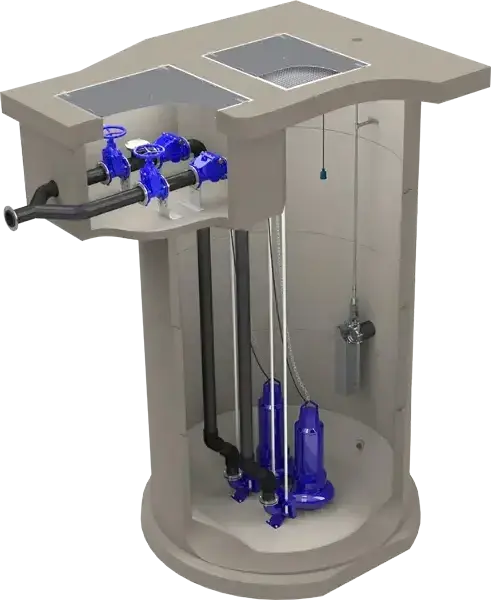
- Pre-assembled, premium concrete stations with internal pipework and anti-flotation features
- Optional linings and concrete additives for harsh conditions
- Advanced monitoring for real-time performance and system maintenance
Our EnviroLift® packaged pump stations integrate seamlessly to deliver effective stormwater management, combining pollutant reduction with reliable flood control.
Stormwater pollution prevention plans in Australia
A critical question for developers is: when is a stormwater pollution prevention plan required?
These plans are generally mandatory for:
- construction sites
- industrial facilities
- high-risk developments near waterways.
A stormwater prevention pollution plan outlines how to prevent stormwater pollution through at-source treatments, erosion control, and best-practice device selection. For councils, businesses, and developers, these plans are essential for compliance, sustainability, and community protection.
The future of stormwater management in Australia
Stormwater management is evolving beyond flood control. Today, it requires a balance of environmental protection, water reuse, and infrastructure resilience. With the right systems in place, Australia can safeguard waterways while creating sustainable, liveable cities.
At Global Water, work alongside engineers, councils, developers and to implement effective Class 1 stormwater treatment devices, pump stations, and tailored management systems that meet EPA guidelines and Stormwater Australia guidelines. Our range of EcoTreat® devices provides effective at-source treatment of gross pollutants, sediments and oils, ensuring waterways are safeguarded and developments remain compliant. To learn more, read about the impact of stormwater run-off pollutants on waterways.
Contact Global Water today for a free quote or advice about stormwater pollution prevention and stormwater treatment solutions.
Tags: Stormwater, Stormwater treatment




